Climbing has its own unique language, full of technical jargon and slang that might seem confusing at first. If you’ve ever heard climbers talk about “sending a project,” “dyno-ing to a jug,” or “crimping through the crux,” you might feel like they’re speaking another language. What do these climbing terms mean!?
Don’t worry—you don’t need to know all these terms to start climbing! Most of these words will become familiar as you spend more time in the gym. However, learning some key climbing terms will help you:
✔ Communicate better with other climbers
✔ Understand gym routes and safety commands
✔ Improve your technique and strategy faster
This guide covers everything from basic climbing terms to advanced techniques, safety commands, and grading systems—everything you need to navigate the climbing world with confidence.
General Climbing Terms
Climb: General term for any climbing route or boulder problem, regardless of its difficulty or type.
Boulder Problem: A short, free-climbing route (typically 6–15 feet) that climbers climb without a rope. They typically protect falls with padded mats (crash pads) on the ground.
Route: A longer climb, typically 20+ feet in height, that requires the use of a rope for safety. Climbers anchor ropes at the top of the climb for safety.
Send: Successfully completing a climb from start to finish without falling.
Crux: The most difficult or challenging section of a route or boulder problem. It often determines the difficulty grade of the climb.
Move: An individual action of reaching from one hold to another. A “move” is a single part of the sequence of moves that make up a climb.
Sequence: A series of moves that form a portion of a climb. The “crux sequence” refers to the hardest part of a climb, while a “project” could refer to any section you are still working to complete.
Project: Route or boulder problem you’re working on but haven’t completed yet. Climbers often treat it as a personal challenge or goal.
Grade: Climbers use a grading system to measure difficulty: V-grades for bouldering (e.g., V2, V10) and the Yosemite Decimal System (YDS) for routes (e.g., 5.8, 5.12).
Wingspan: The distance from fingertip to fingertip with arms outstretched. Climbers often use it to describe reach relative to height. A “positive wingspan” means your reach exceeds your height, while a “negative wingspan” means your reach is shorter than your height.
Reachy: Describes a move that is more difficult due to the distance between handholds. It can be particularly challenging for climbers with shorter wingspans.
Types of Sends
Onsight: Climb a route or boulder problem on your first try without any prior knowledge—no beta, no watching others, and no practice. You must complete the route cleanly and without mistakes.
Flash: When you climb the route on your first attempt, but with some prior information. This could include watching someone else climb it, reading about it, or receiving beta from others.
Redpoint: After one or more attempts, climb the route from start to finish without falling. You can use prior knowledge from previous tries and rest or recover during the climb.
Pinkpoint (Lead Only): Lead a route cleanly with all protection already placed, such as pre-hung quickdraws. You don’t need to place gear as you climb, but you still must send the route without falling.
Forms of Climbing
Bouldering: A type of climbing that is performed without ropes, generally on shorter walls (typically no more than 20 feet). Climbs are protected by crash pads.
Top-Roping: Form of climbing where the rope is anchored above the climber. The belayer controls the rope from the bottom, preventing falls by maintaining tension.
Lead Climbing: The climber ascends a route with a rope, placing protection (such as cams or quickdraws) as they climb. If they fall, they fall a greater distance than in top-rope climbing.
Sport Climbing: Type of lead climbing where protection (such as bolts) is pre-placed into the rock, and the climber only needs to clip the rope into these fixed points.
Traditional Climbing (Trad): A form of lead climbing where the climber places their own protection gear (such as nuts or cams) while ascending the route. The gear is removed by another climber after the climb.
Free Climbing: When a climber uses only natural holds, with ropes used only for safety.
Free Soloing: Climbing without any safety gear, ropes, or protection. This is an extremely dangerous practice where a fall could be fatal.
Climbing Techniques
Flagging: A technique where one leg is extended horizontally to balance the climber’s body weight onto the other leg, allowing for better foothold placement.
Dynamic Movement: Type of movement that involves using momentum to propel yourself upward to reach holds, such as jumping or reaching with a dynamic motion.
Dyno: An extreme form of a dynamic movement where both feet leave the wall, and the climber jumps to reach a distant hold.
Double-Dyno– A dyno where the climber goes two-handed to match the finish hold, rather than with one hand or the other.
Deadpoint: A controlled form of dynamic movement where the climber holds their position for a split second at the highest point of their jump, allowing them to grasp the hold.
Heel Hook: Using the heel to press against a hold for leverage and balance.
Smearing: Pressing the sole of the shoe against the wall for friction.
Drop-Knee: Rotating one knee downward to extend reach and reduce arm strain.
Mantling: A pressing motion (similar to pushing out of a swimming pool) to move onto a ledge.
Types of Holds
Jug: Large, easy-to-hold handhold, typically deep enough to fit your entire hand.
Crimp: Small, often in-cut handhold that is grasped with the fingers in a bent position. The smaller the crimp, the harder it is to hold.
Sloper: A rounded handhold with no positive grip, requiring good body positioning and proper technique to use effectively.
Pinch: A hold that requires a climber to grip it by pinching with the thumb on one side and the fingers on the other. Can vary in width from easy to very challenging.
Pocket: Hold that consists of a hole in the rock where one or more fingers can be inserted. They come in varying sizes, and small pockets can be particularly tough on the fingers.
Undercling: Handhold where the climber pulls upwards, often using an upward force rather than a typical downward pull.
Sidepull: A hold oriented at an angle so that it must be loaded with a climber’s thumb pointing up. Sometimes also referred to as a layback or lieback.
Gaston: Hold oriented at an angle so that it must be loaded with a climber’s thumb pointing down.
Wall Features & Angles
Slab: A wall angled less than vertical. Requires balance and precise footwork.
Vertical Wall: 90-degree wall, straight up and down.
Overhang: A wall tilted past vertical, requiring upper-body and core strength.
Roof: Horizontal overhang, requiring powerful movement and advanced techniques.
Arete: An edge where two faces of a rock or wall meet, forming a sharp angle. It can be a challenging feature to climb depending on the angle.
Inside Corner (Dihedral): An inward-facing corner where two walls meet, allowing for pressing movements between them.
Face: Face climbs are typically dead vertical to slightly overhanging (about 5 degrees steeper than vertical). Also, a face can refer to a section of wall or rock in general.
Safety & Equipment Terms
Belay: The act of managing the rope to protect the climber in case of a fall. The belayer uses a belay device (e.g., ATC or GriGri) to control the rope.
Harness: Climbers wear a harness around the waist and legs to attach to a rope.
Quickdraw: Pair of carabiners connected by a piece of webbing or sling. Climbers clip them into fixed protection points (like bolts) during sport climbing, allowing the rope to move freely.
Anchor: A secure attachment point at the top of a climb.
Carabiner: Metal loop with a gate used for attaching gear.
Slack: Request for the belayer to give extra rope, allowing the climber to move freely or reach further without tension on the rope.
Take: A request for the belayer to remove any slack in the rope, creating tension, often in preparation for a fall or when the climber is resting.
Gear: The general term for climbing protection equipment used in lead climbing, including cams, nuts, hexes, and quickdraws.
Climbing Grading Systems
Yosemite Decimal System (YDS) – Used for Roped Routes
The Yosemite Decimal System is the standard grading scale in the U.S. for free climbing routes. Climbers originally developed it to grade routes in Yosemite Valley, CA. The scale starts at 5.0 (the easiest climbing, sometimes compared to climbing a ladder) and currently goes up to 5.15c—the hardest confirmed free climb in the world.
- 5.0 – 5.4 – Very Easy
- 5.5 – 5.7 – Beginner
- 5.8 – 5.10 – Intermediate
- 5.11 – 5.12 – Advanced
- 5.13 – 5.15 – Expert/Elite
Grades 5.10 and higher are further divided into letters (a, b, c, d) to refine difficulty (e.g., 5.10a < 5.10b < 5.10c < 5.10d).
Verm Scale (V-Scale) – Used for Bouldering
The standard grading scale in the US for boulder problems. Invented, as the name suggests, by a guy named Verm–well, nicknamed Verm, his real name is John Sherman.
- VB (Beginner) – Very easy climbs
- V0 – V2 – Easy to Intermediate
- V3 – V6 – Intermediate to Difficult
- V7 – V10 – Advanced
- V11 – V13 – Expert
- V14 – V17 – Elite
Some gyms add “+” or “-” to further differentiate climbs within the same grade (e.g., V3- or V6+).
Final Thoughts: Do You Need to Know All This to Start Climbing?
Absolutely not! Climbing is for everyone, and you don’t need to memorize these climbing terms before getting started. The best way to learn is by climbing, asking questions, and having fun.
However, knowing these climbing terms will help you:
✔ You’ll be able to communicate better with other climbers
✔ Gain a clearer understanding of gym routes and safety commands
✔ Pick up techniques and strategies more quickly
So, grab some rental gear, head to your local gym, and start sending your first climbs!



